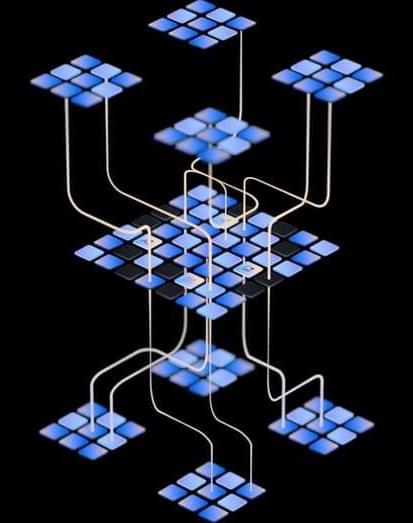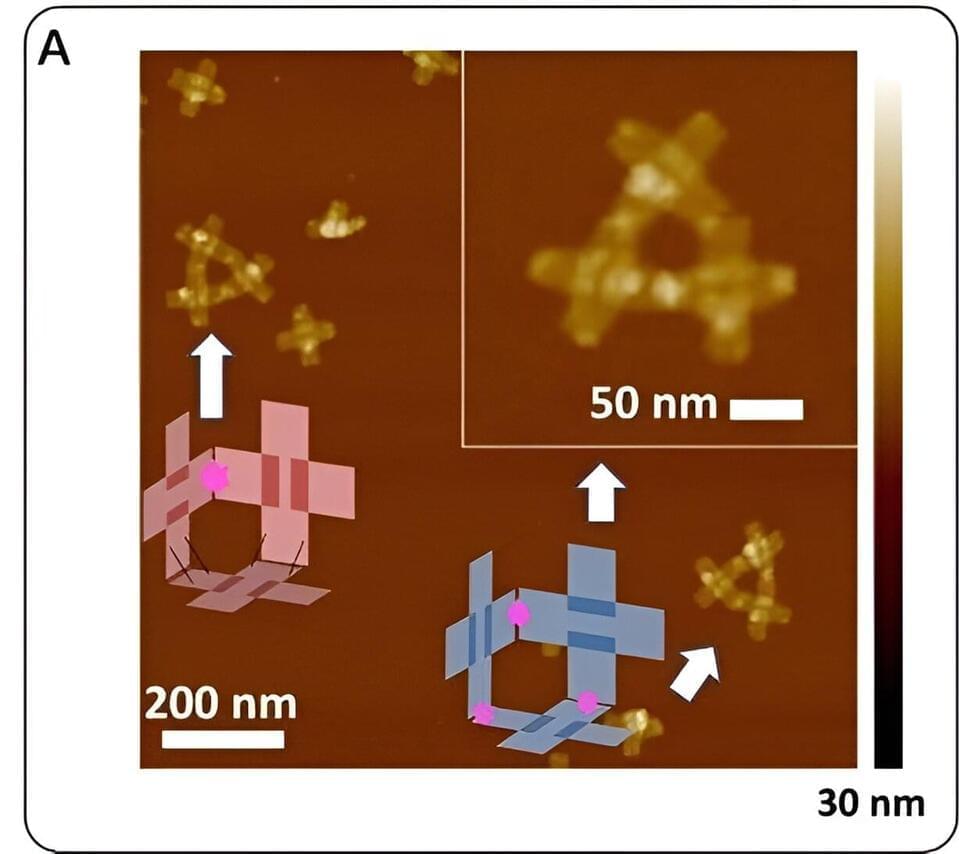A new AI model from Google—called Gemini—is fresh competition for OpenAI’s ChatGPT. The AI rivals are now working on even more radical ideas.


Scientific Reports volume 13, Article number: 21,589 (2023) Cite this article.


Google launched Gemini, their GPT4 killer, and it beats GPT4 in almost every way. Some of the demos are absolutely insane. Let’s go over all the news! Enjoy smile Become a Patron 🔥 — https://patreon.com/MatthewBerman Join the Discord 💬 — https://discord.gg/xxysSXBxFW Follow me on Twitter 🧠 — https://twitter.com/matthewberman Subscribe to my Substack 🗞️ — https://matthewberman.substack.com/ Media/Sponsorship Inquiries 📈 — https://bit.ly/44TC45V Need AI Consulting? ✅ — https://forwardfuture.ai/ Massed Compute (GPU Rental) 🚀 — https://bit.ly/matthew-berman-youtube Links: https://www.youtube.com/watch?v=jV1vkHv4zq8 https://developers.googleblog.com/2023/12/how-its-made-gemin…pting.html https://deepmind.google/technologies/gemini/#introduction https://www.youtube.com/watch?v=UIZAiXYceBI https://www.youtube.com/watch?v=sPiOP_CB54A https://www.youtube.com/watch?

Researchers at universities in New York and Ningbo, China, say they have created tiny robots built from DNA that can reproduce themselves.
Such nanorobots could one day launch search-and-destroy missions against cancer cells within a human’s bloodstream without the need for surgery or collect toxic waste from the ocean.
The tiny mechanism is so small that 1,000 of them could fit into the width of a sheet of paper.


In a significant stride forward for aviation, Reliable Robotics, a trailblazer in aircraft automation systems, has successfully operated a Cessna 208B Caravan with no one on board. The aircraft, while not as large as a 737–100, is still a considerable size, marking a noteworthy milestone in the field of aviation automation.
The flight was remotely controlled from Reliable’s control center, located 50 miles away. This system is not just about remote control, but full automation of the aircraft, including taxi, takeoff, and landing. The technology is designed to prevent controlled flight into terrain and loss of control in flight, two major causes of fatal aviation accidents.
Reliable Robotics has been collaborating with Textron Aviation, the manufacturer of the Cessna Caravan, and ASL Aviation Holdings. The goal is to integrate advanced aircraft automation into their operations. The U.S. Air Force is also on board, working with Reliable Robotics to apply this technology to large multi-engine aircraft for various missions.
